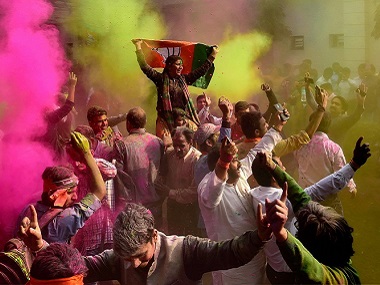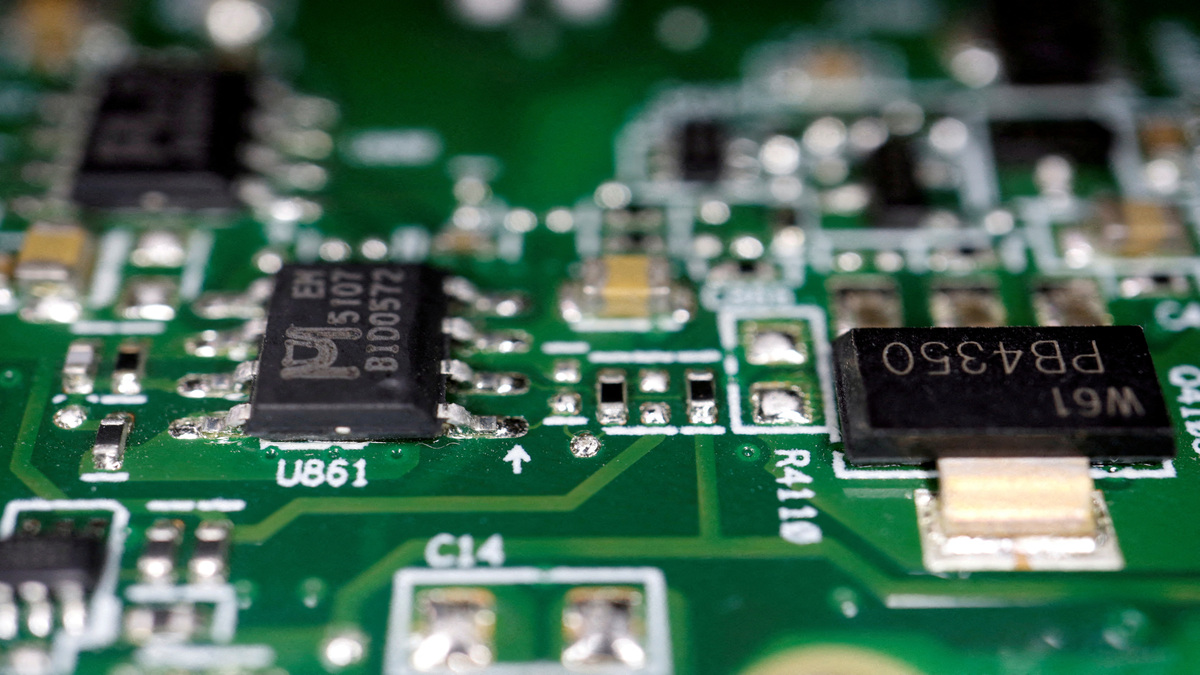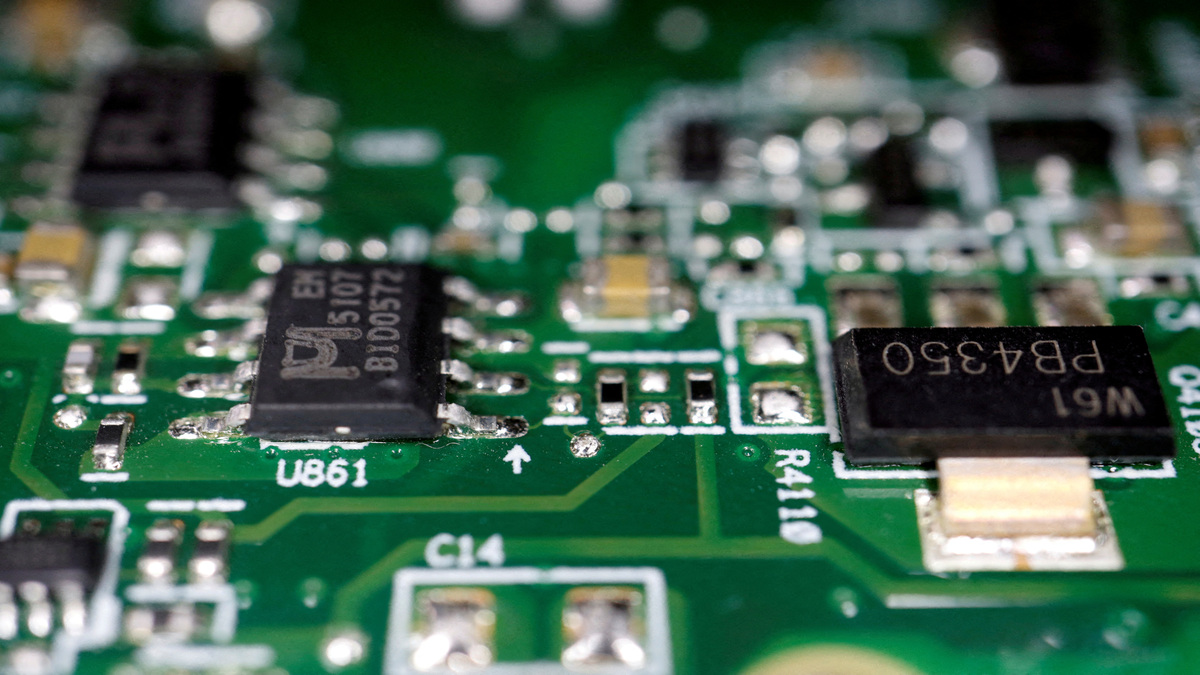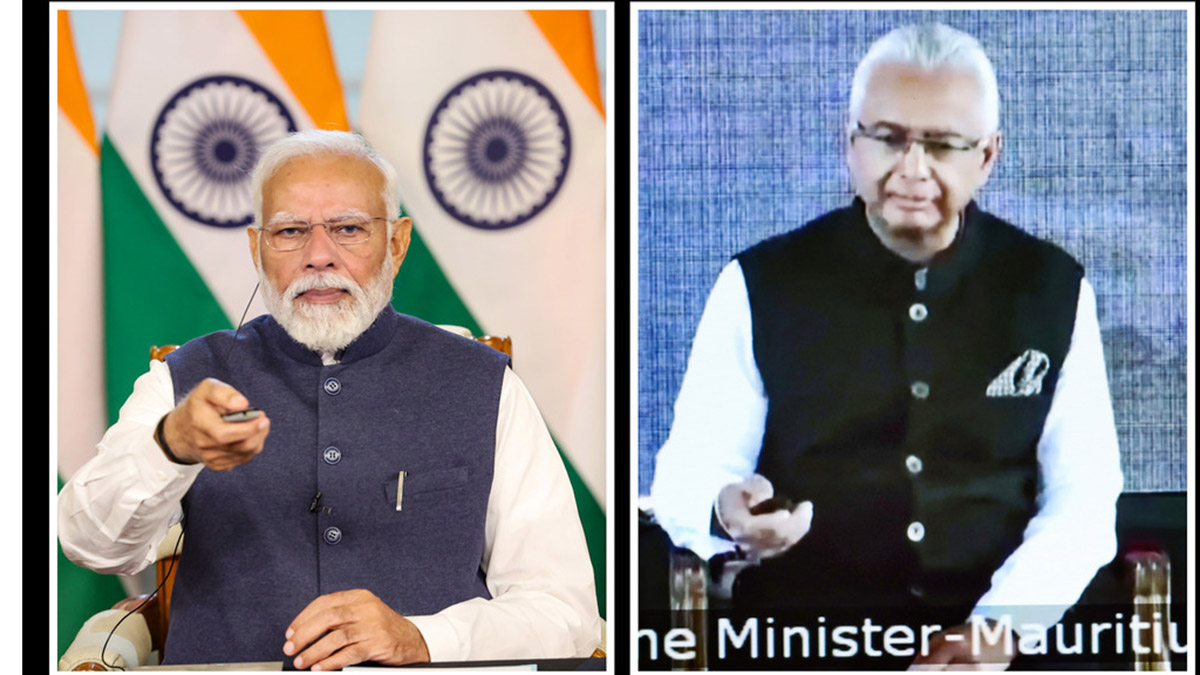It is now an accepted fact that the spectacle of one-party-dominant system has returned to Indian politics. It was a spectacle we were witness to in the first three decades of our Independence. That was the period when the Indian polity revolved round the axis of the Congress Party. The difference today is that the Bharatiya Janata Party (BJP) has replaced Congress as the party that enjoys unipolar hegemony over Indian politics.
In the 1952 General elections, the first after the promulgation of the Indian Constitution, Congress won a whopping 364 out of 489 seats, the second biggest party being the Communist Party of India (CPI) with a meagre 16 seats. In the 1957 elections, the numbers somewhat changed (the Congress won 371 out of 494 seats and the CPI increased its strength to 27 seats) but the overall picture remained the same. The same scenario, more or less, prevailed in the three subsequent elections.
Some Western scholars back then had expressed serious doubts about the nature and character of Indian politics – if it was truly democratic. Formally, it was not a one-party dictatorship but it certainly did not present the possibility of an alternate party coming to power. The Indian scenario did not fit into the two-party or multi-party system prevalent in Western democracies.
Eminent Indian political scientist, Rajni Kothari, in his internationally acclaimed book, ‘Politics in India’ (1970), explained the Indian phenomenon as a one-party dominant system. He argued that India was a true democracy based on universal adult franchise and because several political parties, both right-wing and left-wing, participated in the political process in free and fair elections.
It was the overwhelming popularity of the Congress in the length and breadth of the country, having been the spearhead of the Indian freedom struggle, and the charismatic leadership of Jawaharlal Nehru, the then prime minister, that ensured the unassailable position of the Congress.
Things have turned a full circle in the last four decades, starting in 1977, when the Congress hegemony over national politics came to an end with its humiliating defeat in the General elections. Though the party bounced back to power in 1980 and won an unprecedented victory in 1984, in the wake of the assassination of Prime Minister Indira Gandhi, it lost its hegemonic power in the 1989 election. Since then, it has managed to get hold of power a few times, but as the leader of an alliance of several parties, not entirely on its own.
The emergence of the Narendra Modi phenomenon in Indian politics has pushed the Congress party to the margins and catapulted the BJP to the centre stage. Though it is true that LK Advani was instrumental in transforming the BJP as a truly national party and sewing up the National Democratic Alliance (NDA) that could propel it to power in 1999. That was a spectacular feat given the fact the BJP had won just two seats in the Lok Sabha elections in 1984. But Narendra Modi has helped the BJP to consolidate its position as a hegemonic party.
Under his leadership, the NDA returned to power in 2014, a repeat of the 1999 scenario. But there was a difference; in October 1999, the BJP had won just 182 Seats, 90 short of a majority, but in 2014, the party notched up 282 seats. The BJP could have formed a government on its own, a feat that the Congress had achieved three decades ago, in 1984.
In the 2014 General elections, the BJP clearly established its one-party dominant status and acquired the halo of a hegemonic position by its victory in most of the subsequent state Assembly elections, culminating in the landslide in Uttar Pradesh earlier this month.
The BJP today is in power, either on its own or in alliance with other parties, in 17 states. If it wins over the few Congress-held states – Karnataka, Himachal Pradesh, Mizoram and Meghalaya – in the next couple of years, which it is most likely to do, then the stranglehold of the BJP over the Indian polity will be further reinforced. That would effectively establish the BJP system as the fulcrum of the Indian polity, replacing the Congress system of the yesteryears.
But does this portend a good omen for India? That inevitably raises the question: Did the Congress system do good to the Indian democracy? It must be said that the political stability that the Congress-dominant system brought about helped the leaders to focus on administration in Independent India. With a leader like Nehru, with his deep democratic convictions, (Nehru had the opportunity to usher in personal dictatorship as leaders in most post-colonial societies did in the 1950s and 60s but he did not fall for it) democratic postulates were institutionalised in India.
We owe our democracy largely to the Congress system.
Does the BJP as a party have unflinching faith in democracy? Will Prime Minister Modi, the party’s supreme leader, strive to uphold the democratic tradition like Nehru did or will he ride roughshod over the democratic institutions as Indira was fond of doing?
There is a lurking fear that Modi is more akin to Indira than Nehru. Nehru went out of the way to uphold the sanctity of Parliament as the forum for larger policy debates and policy pronouncements. But Indira believed in plebiscitary democracy, bypassing democratic institutions like Parliament. There was a clear authoritarian streak in her.
Modi, in that sense, is carrying forward the legacy of Indira by directly addressing the people on the major policy issues rather than taking the route of the legislature. Modi is better placed than Indira, in this regard, as he is prime minister in an age when television has become a mass medium in India, reaching every nook and corner of the country.
Indira’s authoritarian trait propelled her to impose Emergency when she was challenged politically in Parliament and on the streets. Will Modi do the same when he faces similar challenges?
That question will arise only if the Indian political firmament will have a leader of the moral stature of Jayaprakash Narayan, as the conscience-keeper of the nation.


)




)
)
)
)
)
)
)
)